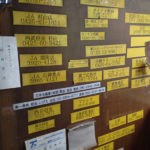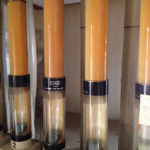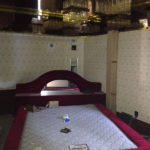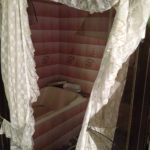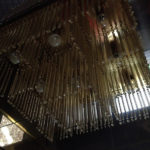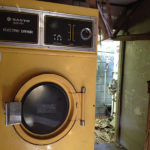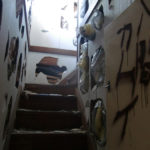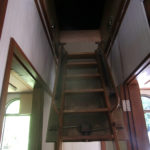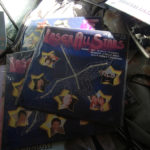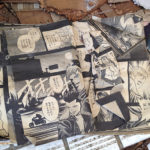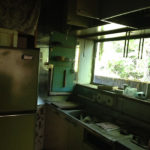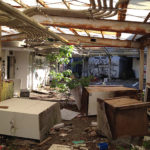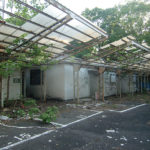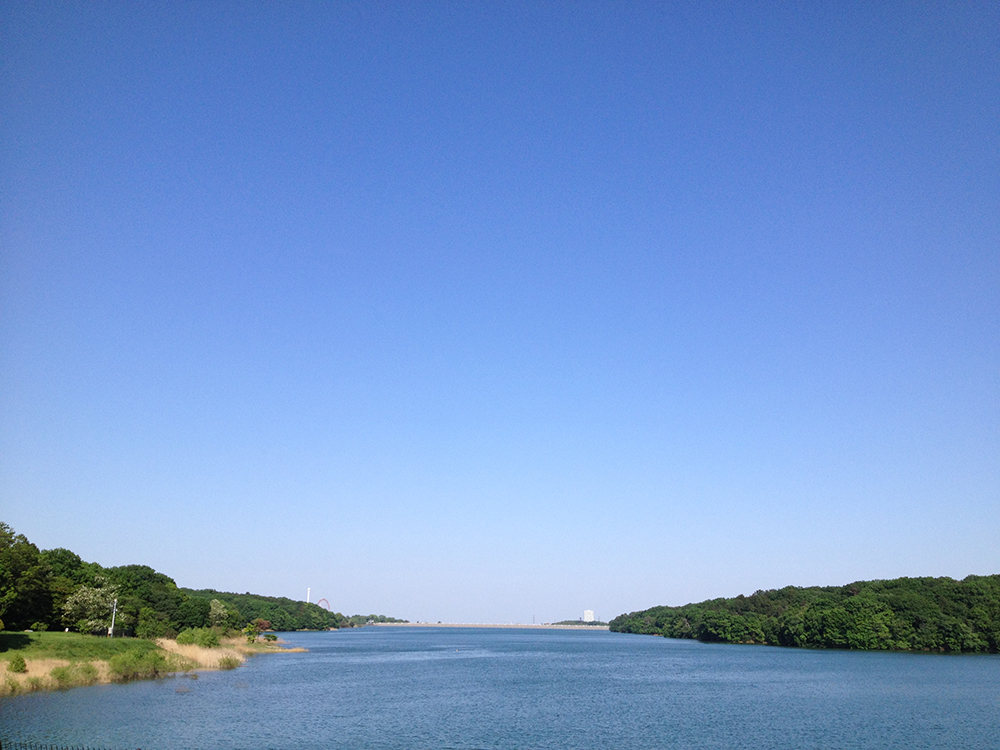Although things are now quickly changing, it is still typical in Japan for many generations of a family to live under the same roof. This leaves young couples without a proper and private place to express their love, hence the love hotels. Though nothing more than an underused Whatsapp emoji for many Westerners, love hotels are an institution that is not going anywhere any time soon. Furthermore, since Tokyo offers no public transportation at night, a walk of shame across the city in a taxi can turn out to be more expensive than a flight to Taiwan; going to a love hotel solves the problem, and both players can take the last train and return to their abodes (and plan a trip to Taipei?). Some are expensive and psychedelic, some are cheap and simple, and then some are free and abandoned.
Queen Love Hotel (クイーンホテル) has seen better days. Hidden along the road that encircles the Tama lake (Saitama prefecture), it is strategically located so that couples in love who are charmingly walking around will come across it at the far-end of the lake. Even the abandoned Queen Love Hotel has seen better days, back when only a few haikyo (廃墟, literally “ruins”) explorers knew about it and explored the place without damaging anything. The hotel has since been largely pillaged, so most of the rooms are no more, and the only legacy of the countless fun, pants-dropping, mad-kissing, hanky-panky, whoopee, funny business, machinery-stopping, naked, no-longer-subterfuged wild passions, intimacy-exploring, love-confessing, devotion-filled, worship-devoted, love-making stories are the empty vinyl covers of 70s pop ballads. Most of the paraphernalia is gone, most of the furniture has been completely destroyed, and there are still fellas who regularly revisit the place in search of that last chip and that last centimeter of copper that can be sold for a few yens. Among the mess in the trashed reception and staff rooms, one can still find some issues of a manga magazine called Bad Boys (of which there is no record online), a few vinyls imported all the way from the West (featuring tracks like Heart of Gold, Stairway to Heaven, Don’t Stop Believin’…) and tons of VHS and cassettes. I could not refrain myself from taking one VHS with me, which could be anything from a wedding to an old J-pop music videos compilation to vintage porn. I’ll see if I can find a way to play it.
Around Tama lake, one can also find Tonari no Totoro‘s Kurosuke house, a couple of forest areas that served as inspiration for the movie as well, some onsens and small sanctuaries, and the Saitama Lions’ baseball stadium, which is huge and frantically lively during games. There are other abandoned buildings along the road, such as the Akasaka restaurant, but most of the time one can only find a huge pile of useless garbage on the other side of the no trespassing fences.
Hundreds of haikyos can be found within the metropolis of Tokyo and neighbor cities, but the coordinates of the findings are rarely shared. Furthermore, most old places that have been extensively documented online have since been rebuilt or remodeled, such as the New Sky Bulding in Shinjuku, an abandoned place which once hosted free and cozy rooftop parties, but is now a busy hotel again. Still, I hope to find more visit-worthy abandoned places when on any given random walk or cycling around town.
Going up the stairs seen in the 3rd row, 3rd column image felt a bit like this.
